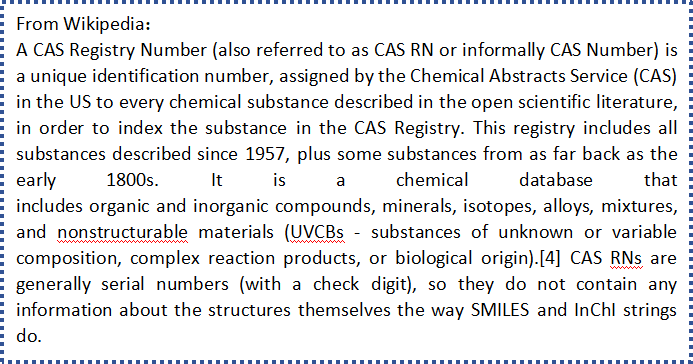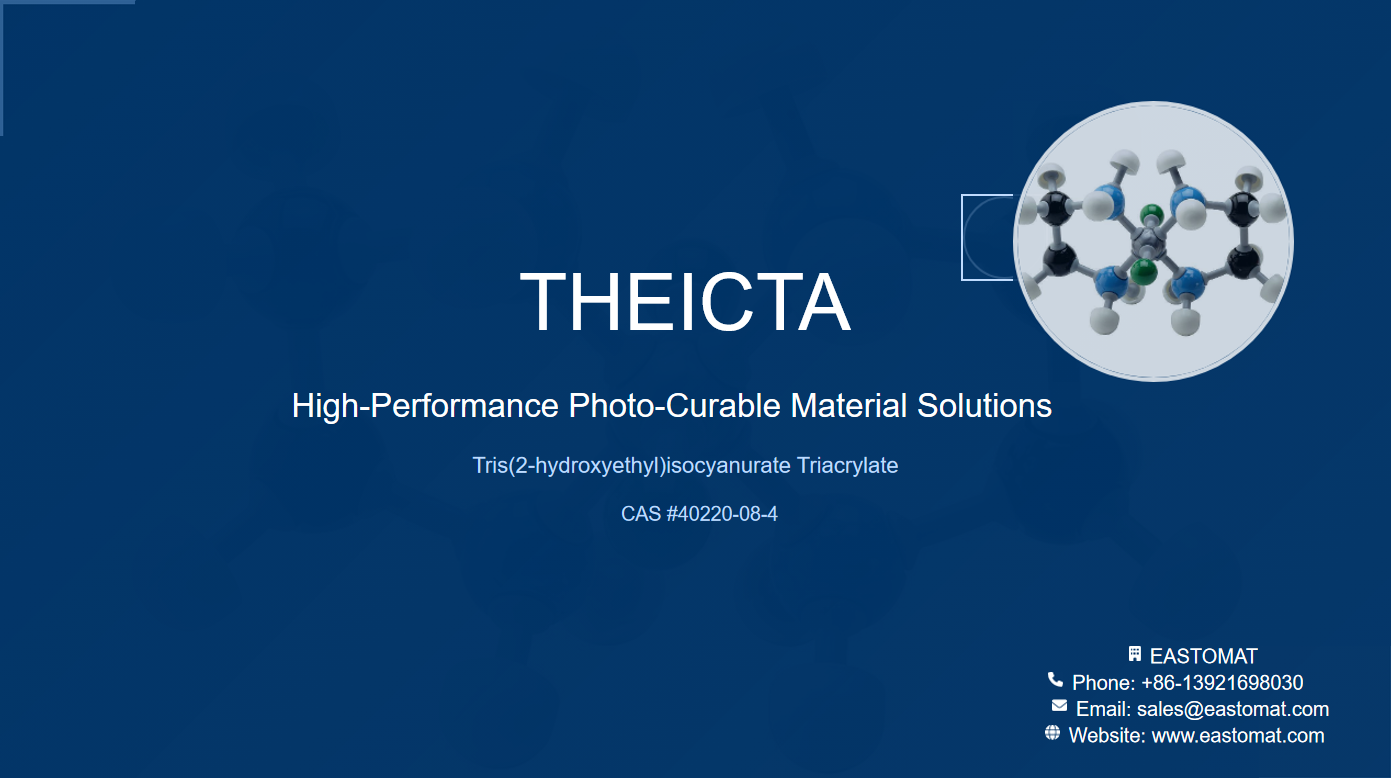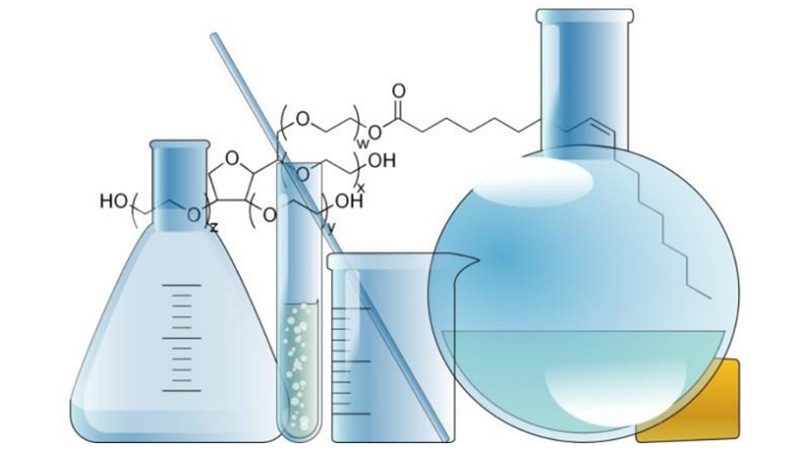Let’s celebrate with a glass of "the stuff that makes parties more interesting." (CAS No. 64-17-5). Cheers!
Release time:
2025-06-23
Ever felt like the world of chemicals is a secret club, and you're stuck outside trying to decipher their cryptic language? You're not alone! We've got names like "dihydrogen monoxide" (water, for the uninitiated), "acetylsalicylic acid" (aspirin, bless its pain-relieving heart), and then… then there are these curious strings of numbers with hyphens: CAS No.
What in the chemical cosmos is a CAS No.? Is it some kind of super-secret government code? A hidden message from an alien civilization? The answer, thankfully, is a lot less dramatic but no less fascinating. It's basically the chemical world's social security number, a unique identifier that cuts through the confusing jargon and makes sure everyone knows exactly which chemical they're talking about.
Imagine you're at a massive costume party. Everyone's dressed up, some as superheroes, some as historical figures, others as… well, let's just say "abstract concepts." Now imagine trying to coordinate a potluck. "Bring the carbonated sugar water!" someone yells. "The what now? Do you mean soda? Pop? Fizzy drink? Which brand?" Chaos reigns!
This, my friends, is why the chemical world needed its own version of name tags. And thus, in the mid-20th century, the Chemical Abstracts Service (CAS), a division of the American Chemical Society, stepped in like a superhero in a lab coat. Their mission? To assign a unique numerical identifier to every single chemical substance described in scientific literature. And boy, have they been busy!
Today, the CAS Registry, the definitive database of these numbers, contains over 200 million organic and inorganic substances and more than 70 million sequences. That's more unique identifiers than there are stars in a significant chunk of our galaxy! (Okay, maybe a slight exaggeration, but you get the point – it's a LOT.)
So, how does this magical number work? A CAS Registry Number (often just shortened to CAS No.) is structured with three parts, separated by hyphens. For example, water's CAS No. is 7732-18-5. The first part, the largest, has up to seven digits. The second part has two digits. And the last part is a single digit, called a "check digit." This check digit is a bit like the chemical's personal bouncer, making sure the rest of the numbers haven't been messed with. It's calculated using a fancy algorithm – basically, a mathematical security guard.
Now, why is this so important? Because chemicals are sneaky little things. One chemical can have multiple common names, scientific names, trade names, and even regional nicknames. Take our old friend, ethanol. You might know it as "alcohol," "grain alcohol," "ethyl alcohol," or perhaps "the stuff that makes parties more interesting." But its CAS No. is always 64-17-5. Always. No confusion, no mistaken identities.
This consistency is a godsend for scientists, researchers, manufacturers, and even regulatory bodies. Imagine you're a pharmaceutical company trying to ensure the purity of your ingredients. Without a universal identifier, how do you verify you're getting exactly what you ordered, and not some slightly different, potentially harmful variant? Or if you're a firefighter responding to a chemical spill, knowing the CAS No. instantly gives you access to critical safety information, no matter what the container label says it is called.
The beauty of the CAS No. is its simplicity and universality. It transcends language barriers. A scientist in Japan, a researcher in Brazil, and a chemist in Germany can all communicate about the exact same substance using just those numbers, even if their native tongues have wildly different names for it. It's the ultimate chemical lingua franca.
But let's be honest, memorizing these numbers isn't exactly a party trick. "Hey everyone, guess the CAS No. for methane!" (It's 74-82-8, by the way, if you're ever on a very niche game show). Luckily, we don't need to memorize them. They're primarily for lookup and precision.
Think of it this way: when you're doing online shopping, you don't memorize the product code for every item. You search for "red widget," and then the website shows you the red widget with its unique product ID. CAS No. works similarly for the chemical world. You search for "sulfuric acid," and the database spits out 7664-93-9, along with a treasure trove of information about it.
It's also worth noting that a CAS No. identifies a specific chemical substance. This means different isomers (compounds with the same chemical formula but different structural arrangements) will have different CAS numbers. For example, both glucose and fructose are C6H12O6, but they have distinct CAS numbers because their atoms are arranged differently, leading to different properties. This level of precision is absolutely critical in chemistry, where a slight structural tweak can turn a beneficial compound into a dangerous one.
So, the next time you see a seemingly random string of numbers on a chemical label, don't just gloss over it. Give a nod of respect to the tireless folks at the Chemical Abstracts Service. They've done the heavy lifting of giving every chemical its own, unambiguous identity, making the complex world of chemistry just a little bit more organized and a whole lot safer. It's a reminder that even in the most bewildering scientific fields, there's a system, a structure, and often, a surprisingly simple solution to a very complex problem. And that, my friends, is something worth celebrating – perhaps with a glass of "the stuff that makes parties more interesting." (CAS No. 64-17-5). Cheers!

CASNO.
Latest News
Get a Free Consultancy
NANTONG EASTO MATERIALS TECHNOLOGY CO.,LTD.

No.118,Zhujiang Rd.,Juegang St.,Rudong County,
Nantong City,Jiangsu Province,226400,China




 2025-06-25
2025-06-25







